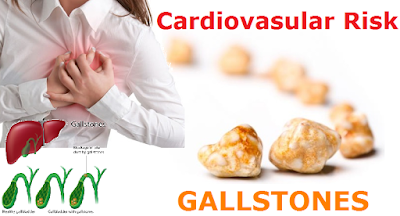Researchers have developed a first-of-its-kind rapid assay for measuring effectiveness of a patient’s high-density lipoprotein cholesterol (HDL-C) in cleaning up arterial cholesterol. This HDL-C function test could improve risk assessment and diagnosis, and help provide and monitor more personalized treatments for cardiovascular disease (CVD) patients.
 |
Image: Research suggests a HDL-C function test could improve risk assessment and diagnosis,
and help provide and monitor more personalized treatments for CVD patients
(Photo courtesy of iStock). |
While scientists have yet to fully elucidate how HDL-C helps protects against heart disease, one of its chief functions is thought to be mediating the removal of cholesterol from blood vessel walls. Recent studies have indicated that the ability of a patient’s HDL-C to do this – known as its cholesterol efflux capacity (CEC) – is a better gauge of CVD development than HDL-C levels on their own. This means, for example, that a patient with low levels of HDL-C but optimal CEC could be protected against heart disease to a greater degree than a patient with high levels of HDL-C but low CEC. However, the current standard research procedures for measuring CEC involve radioisotope-labeled cholesterol and cultured macrophages, making these methods too complex and time-consuming for clinical testing.
In this study, a team of researchers led by Amane Harada, PhD, of Sysmex Corporation (Kobe, Japan) and Ryuji Toh, MD, PhD, of Kobe University Graduate School of Medicine (Kobe, Japan) has developed a test for HDL-C function that is simple enough for clinical use. With a turnaround time of less than 6 hours, the test determines cholesterol uptake capacity (CUC) – the ability of HDL-C to accept additional cholesterol – which the researchers found correlates with CEC but is easier to measure.
They evaluated their CUC test in 156 patients who had undergone revascularization (such as a stent or bypass) due to coronary artery disease and who had subsequently decreased their low-density lipoprotein cholesterol to a healthier level of less than 100 mg/dL. The study found that low CUC in these patients after treatment was significantly associated with the recurrence of coronary lesions. The researchers also determined that combining CUC with established CVD risk factors significantly improved the power of established factors to forecast which patients would redevelop heart disease.
If further trials validate this test, it could enable healthcare providers to use CUC in conjunction with HDL-C levels to better predict who is at risk for CVD onset or recurrence. This test could also be used to develop new treatments that increase CEC and to monitor their efficacy in patients.
“A more efficient enhancement of the atheroprotective functions of HDL may decrease the risk of atherosclerosis and [cardiovascular disease], although it has been difficult to develop therapeutic drugs with the expected effects,” wrote Harada and Toh in this paper, “We consider that this can be explained in part by the lack of a convenient assay system to evaluate HDL functionality without complicated or time-consuming procedures. In this respect, our cholesterol uptake assay provides a concise, accurate, and robust system for high-throughput analysis at low cost.”
The study, by Harada A et al, was published in the May 2017 issue of the Journal of Applied Laboratory Medicine.












